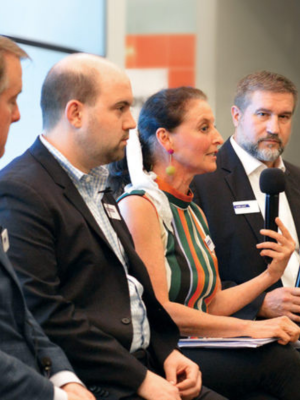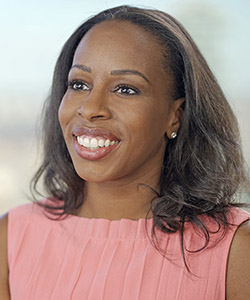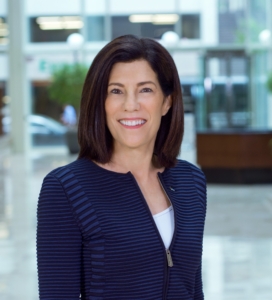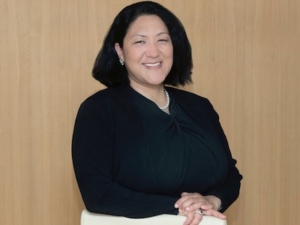 I am at lunch with work-friends; the conversation idles to what we enjoy about our work and how we describe what we do. As Managing Director at OBMI, I do everything, everyday: I listen, write, sketch, calculate, interview, discuss, argue, analyze, resolve, decide, direct… I am aware of every project we are designing. I love the diversity, the complexity, and the strategy. But the image in my mind that describes what I do is this: I am a Shepherd; I am moving a herd organically forward towards our goal. Some in the herd are big, some small, some arrow-fast, some slow and determined, some head straight to the front, some stay in the pack, and some veer off to explore.
I am at lunch with work-friends; the conversation idles to what we enjoy about our work and how we describe what we do. As Managing Director at OBMI, I do everything, everyday: I listen, write, sketch, calculate, interview, discuss, argue, analyze, resolve, decide, direct… I am aware of every project we are designing. I love the diversity, the complexity, and the strategy. But the image in my mind that describes what I do is this: I am a Shepherd; I am moving a herd organically forward towards our goal. Some in the herd are big, some small, some arrow-fast, some slow and determined, some head straight to the front, some stay in the pack, and some veer off to explore.
The path is rugged; there are steep slopes, fences to open, streams to cross, dry patches, predators, and enticing pastures farther away. I have a clear direction in my mind. I am looking simultaneously at the pack and at the road ahead. I attend to both, what is now, and what may come. I am in the front to decide a direction at a fork, or to examine a narrow path. I am in the heart of the pack if someone is stuck, to remove the blockage, to keep us moving on. I keep an eye on those veering off, as they may be onto something of value; if they veer too far, the task is to bring them back. I am totally hands-on.
I am not a Visionaire or a Storyteller, but as Shepherd Leader, I have vision: of the goal, of the road ahead, of key actions necessary to get us where we want to go. I believe that Full Leadership has Side and Underside. Yin and Yang. The Visionaire inspires the team with a High Vision, the why and a shared desire for the goal. But alone, the Visionaire cannot get us there. The Shepherd inspires later -as we traverse the challenges of the path- with her actions, her values, and her unflagging commitment to move us through. The vision keeps us high above; the reality of the path forces us to ground. We need both, Visionaire and Shepherd to take us through.
As Simon Sinek stated: “Genius is in the idea. Impact, however, comes from action.”
This Shepherd Leader image is supported by Linda Hill’s article “Leading from Behind” in Harvard Business Review, in which she argues for “harnessing the collective genius”- encouraging members to contribute their skills for collaborative problem solving and innovation. She compares this to the work of a shepherd who leads from the rear, allowing the more able to run ahead for others to follow. “It is about empowering others to lead in addition to yourself. It’s about being in front when there is danger, but allowing others to join with independent thought, creativity, and exchange of ideas.”
Curious about shepherding, I read Ken Downer’s article “9 Secrets of Leading Sheep” and Robert Moor’s shepherding story, part of his book On Trails. As they both explain, collective thinking looks down on sheep as passive, blind followers – but, in fact, they are absolutely not. Downer and Moor describe that sheep can be head-strong, energetic, or languid; that they are ungovernable when hungry; that they have strong spatial memory, but without the shepherd, they will wander around; and that they build strong trust in their good shepherd. Among sheep there are Leaders who seek the front, Middlers who prefer the center, and Tailers who stay in the back. There can be multiple leaders, emerging in different situations.
Thus, a shepherd does not passively lead “from behind.” Leading the herd takes effort, planning, experience, and requires vigilance and example. In shepherding there is Intended Direction and there is Intentional Action. The shepherd will take the front when needed, when there is danger, when decisions are to be made. All leadership incarnations are active.
In telling his experience in the British Army in WWII, my father writes: “In moments of calm, the Commander can enjoy some treats, but in times of combat or action, it is the commander who steps in first, leads by example, and attends to everyone, playing the role of leader, father, and server, all at the same time.” As expressed by Simon Sinek: “Leadership is not a rank to be attained. Leadership is a service to be given.”
The Shepherd Leader:
Purposeful. A Shepherd exercises influence purposefully; a goal, a direction is established, and the Shepherd ensures everyone gets there. There are dangers and opportunities along the way.
Hands-on. The Shepherd is hands-on, committed to move the herd, whatever it takes. The Shepherd is constantly scanning for danger, food, shelter, and direction forward. When action is required, the Shepherd will step in.
Strategic. The Shepherd applies foresight. The Shepherd must view the moves ahead of the flock to plan the route: Where is there water? Good pasture? When/where can we rest if the heat is too much?
Creates Culture. The first steps tend to dictate the next. A wise Shepherd will establish pace and patterns from the start and will adjust to what the flock brings, too.
Allows Exploration. A member may wander off; the Shepherd will observe, as the explorer member may lead to a good pasture that otherwise might be missed.
Aligns. The Shepherd works the flanks of the herd to keep everyone aligned; Laggards are brought in.
Mentors. Shepherds train their leader members to help move the flock at the right pace and in the right direction. A Shepherd exercises influence through and with others.
What is your leadership style?
By: Liora Haymann, Managing Director, OBMI International
(Guest Contribution: The opinions and views of guest contributions are not necessarily those of theglasshammer.com).










